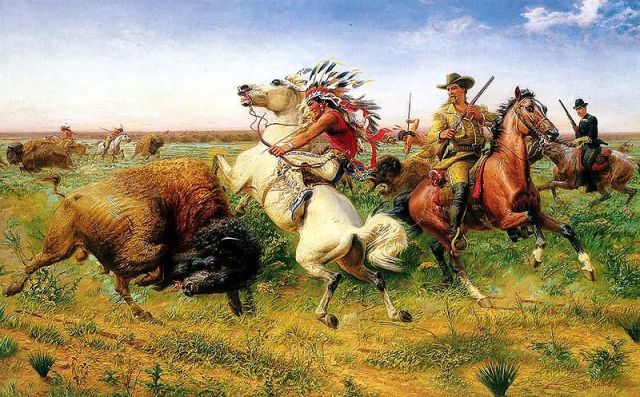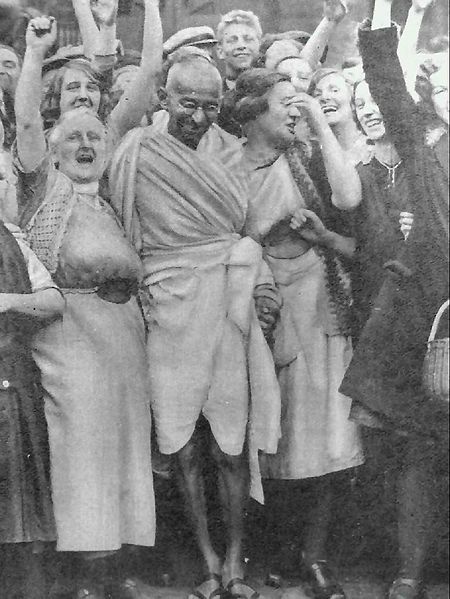 The Spanish term for “wild/brave indians” was also used by Philippine national hero Jose Rizal and his friends for themselves, after having watched Buffalo Bill’s Wild West show in Paris in 1889. Rizal and his companions were impressed by the superb horsemanship and the character of the Native American performers — and recognized their similar place in the world as colonial subjects.¹
The Spanish term for “wild/brave indians” was also used by Philippine national hero Jose Rizal and his friends for themselves, after having watched Buffalo Bill’s Wild West show in Paris in 1889. Rizal and his companions were impressed by the superb horsemanship and the character of the Native American performers — and recognized their similar place in the world as colonial subjects.¹
The word “Indio” however, was derogatory, and its effects on our people have lasted long after the Spanish were gone.
So Rizal and his fellow “enlightened ones” living and studying in Europe referred to themselves as “Los Indios Bravos” to say to Filipinos: “Hey, we’re from the same race, and we can do whatever the Europeans can.”
And the most perfect example is the masterpiece below by another “Indio Bravo” — Filipino painter Juan Luna.
Photo Credit: Marco Collado
To be honest, when I first learned about this painting called Spoliarium, referring to the chamber in the ancient Roman Colosseum where dead gladiators end up, I was not drawn to it because it is so dark — both literally and figuratively. I only love it now because I’ve been learning the Classics of Ancient Greece & Rome. And I believe it does reflect oppression at the hands of a superpower — which the colonized world can relate to.
The painting won the first gold medal (out of three) in the Exposición Nacional de Bellas Artes in 1884 in Madrid, while Félix Resurrección Hidalgo, another Filipino artist won the silver for Las virgenes Cristianas expuestas al populacho (The Christian virgins Exposed to the Populace).
As Ambeth R. Ocampo wrote, “they proved to the world that indios could, despite their supposed barbarian race, paint better than the Spaniards who colonized them…”
 Photo Credit: http://flickr.com/photo_zoom.gne?id=639764555&size=l
Photo Credit: http://flickr.com/photo_zoom.gne?id=639764555&size=l
Lastly, I want to highlight a true “brave Indian” — in every sense of the word — Mohandas “Mahatma” Gandhi. To take on the world’s largest colonial power with nothing but one’s mind, body, and soul — brave indeed.
I wonder how courageous one can really be to have no firearm or bladed weapon and go against someone who has those in their possession?
That has often been the case for those people who have been subjugated by colonial powers.
But injustice occurs at the hands of any type of adversary, whether it’s from another race or within one’s own.
Therefore, courage is not a matter of race.
It’s a matter of showing what one is made of.
Sources:
¹Luis H. Francia, A History of the Philippines: From Indios Bravos to Filipinos, (New York: The Overlook Press, 2010), p. 11-12
http://en.wikipedia.org/wiki/Spoliarium
http://en.wikipedia.org/wiki/F%C3%A9lix_Resurrecci%C3%B3n_Hidalgo




Awesome post!
HempHausMag.com
Thanks =)
Reblogged this on Crazy/Lazy.